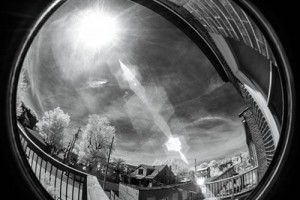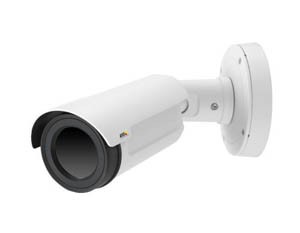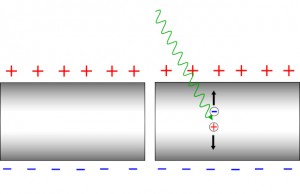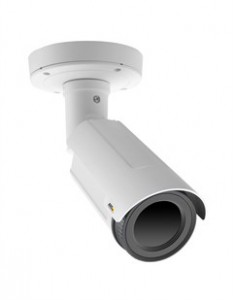Since thermal imaging cameras can “see” through darkness or smoke, they allow firefighters to quickly find the seat of a structure fire, or see the heat signature of visually obscured victims. They can be used to search for victims outdoors on a cool night, spot smoldering fires inside a wall, or detect overheating electrical wiring. Thermal imaging cameras were credited with saving multiple lives per year through victim identification and removal from low visibility conditions as early as 1999.
In addition to the ability to see through dense smoke, thermal imaging cameras also can see materials involved in spontaneous, low level combustion. In one documented instance, a TIC was used to isolate a smoldering hot spot in a grain storage facility; by isolating and removing only the affected grain, 75% of the stored crop was saved.
In another, Tennessee firefighters used a thermal imaging camera to detect a hidden fire inside a cinder railroad bed, resulting in an estimated $500,000 cost avoidance. Thermal imaging cameras have also been reported to be particularly useful for fighting fires in cellulose insulation, and for ascertaining that a structure is safe to reenter after a fire has been put out. Ventura County, California firefighters used their TIC to find a cat which had become sealed inside a walkway during construction.
Prototypes of helmet-mounted thermal imaging cameras were first publicized in 1992, but a detailed evaluation of their performance in real world situations was not published until 2007. The model evaluated in 2007 weighed approximately 1.5 lbs, substantially increasing weight over an unadorned helmet. However, the ability to “use the devices while they were also pulling hose and carrying tools” was favorably received by firefighters evaluating the product.
Benefits of helmet mounted TICs included that multiple firefighters each observed different aspects of a fire, while drawbacks included firefighters relaxing safety discipline. In timed testing, teams of firefighters with helmet-mounted cameras completed search tasks substantially faster, were less disoriented, and used less air than teams with a single handheld camera, who in turn fared better than teams with no TIC at all.
A limitation of these and similar devices has been their poor depth perception (the user has a hard time judging how far away objects are). This increases the likelihood that the user will trip over or run into obstacles, or have other distance-related problems. An additional limitation of infrared technology is that since materials at the same temperature are shown as the same color, the display will not depict many details normally viewable in visible light.
This article comes from wikipedia edit released




